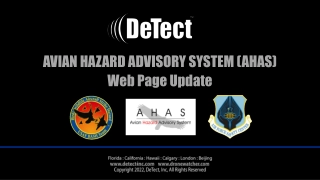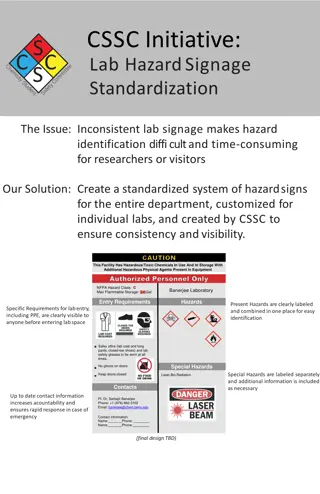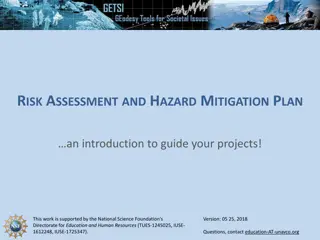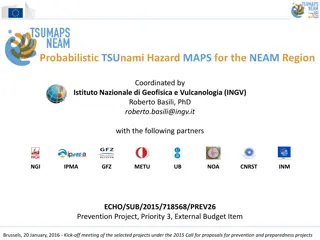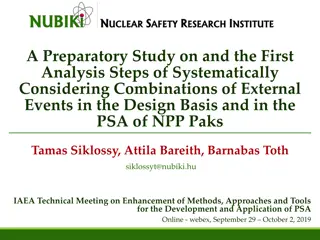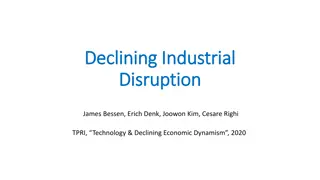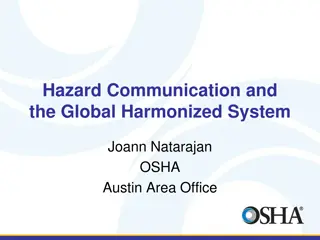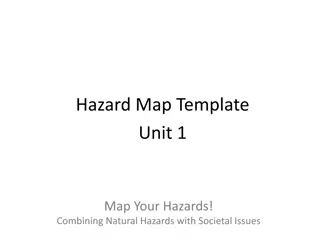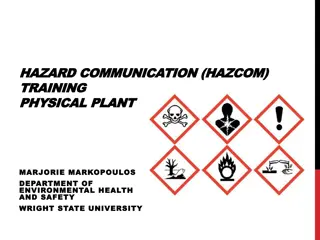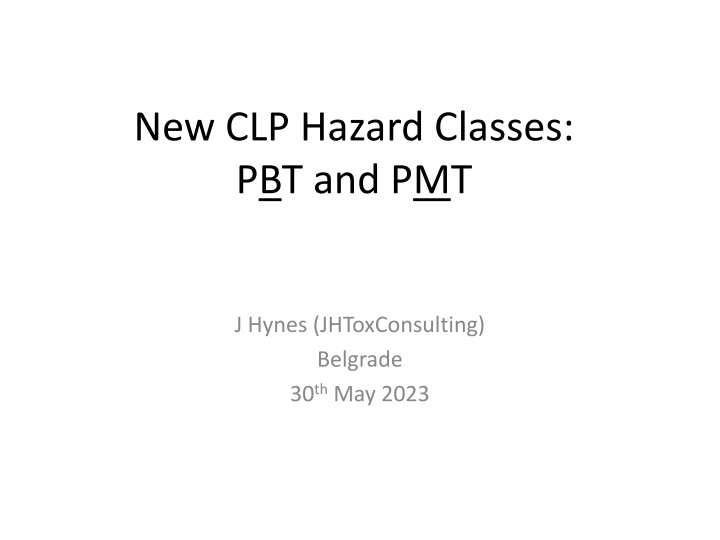
PBT and PMT Hazard Classes in Chemical Safety
Explore the significance of Persistent, Bioaccumulative, and Toxic (PBT) potential, Substance of Very High Concern (SVHC), and the criteria for assessing Persistence, Bioaccumulation, and Toxicity in chemical hazard classification. Learn about the conditions that determine PBT and vPvB, PMT and vPvM classifications, and the importance of long-term No-Observed-Effect Concentration in toxicity evaluation.
Download Presentation

Please find below an Image/Link to download the presentation.
The content on the website is provided AS IS for your information and personal use only. It may not be sold, licensed, or shared on other websites without obtaining consent from the author. If you encounter any issues during the download, it is possible that the publisher has removed the file from their server.
You are allowed to download the files provided on this website for personal or commercial use, subject to the condition that they are used lawfully. All files are the property of their respective owners.
The content on the website is provided AS IS for your information and personal use only. It may not be sold, licensed, or shared on other websites without obtaining consent from the author.
E N D
Presentation Transcript
New CLP Hazard Classes: PBT and PMT J Hynes (JHToxConsulting) Belgrade 30thMay 2023
Glossary PBT Persistent and Bioaccumulative and Toxic Potential to accumulate in the environment, including organisms / food chain vPvB very Persistent and very Bioaccumulative PMT Persistent and Mobile and Toxic Potential to contaminate drinking water sources away from points of release vPvM very Persistent and very Mobile SVHC Substance of Very High Concern Identified according to REACH Article 57 and subject to potential Authorisation requirements
Persistence Where any of the following conditions is met.. Condition P vP degradation half-life in marine water > 60 days > 60 days degradation half-life in fresh or estuarine water > 40 days degradation half-life in marine sediment > 180 days > 180 days degradation half-life in fresh or estuarine water sediment > 120 days degradation half-life in soil > 120 days Weight of evidence shall be applied in particular where the criteria cannot be applied directly to the available information. (a) results from simulation testing on degradation in surface water; (b) results from simulation testing on degradation in soil; (c) results from simulation testing on degradation in sediment; (d) other information, such as information from field studies or monitoring studies, provided that its suitability and reliability can be reasonably demonstrated.
Bioaccumulation Condition B vB Bioconcentration factor (BCF) in aquatic species > 2000 > 5000 a) results from a bioconcentration or bioaccumulation study in aquatic species; b) other information on the bioaccumulation potential, provided that its suitability and reliability can be reasonably demonstrated i. results from a bioaccumulation study in terrestrial species; ii. data from scientific analysis of human body fluids or tissues, such as blood, milk or fat; detection of elevated levels in biota, in particular in endangered species or in vulnerable populations or subpopulations, compared to levels in their surrounding environment; iii. results from a chronic toxicity study on animals; iv. assessment of the toxicokinetic behaviour of the substance. c) information on the ability of the substance to biomagnify in the food chain, where possible expressed by biomagnification factors or trophic magnification factors.
Toxicity Condition T Long-term no-observed effect concentration (NOEC) or ECx (e.g EC10) for marine or freshwater organisms < 0,01 mg/l Substance is carcinogenic Category 1A or 1B Substance is a germ cell mutagen Category 1A or 1B Substance is toxic for reproduction Category 1A, 1B, or 2 Other evidence of chronic toxicity STOT RE category 1 or 2 Substance is an endocrine disruptor Category 1 Weight of Evidence based on results from standard tox / ecotox tests, and other information provided that its suitability and reliability can be reasonably demonstrated.
Mobility Condition M vM log Koc < 3 < 2 Lowest log Koc - ionisable substance (pH 4 9) * log Koc is the common logarithm of the organic carbon-water partition coefficient. Weight of evidence based on: a) results from adsorption/desorption testing; b) other information, such as information from leaching, modelling or monitoring studies, provided that its suitability and reliability can be reasonably demonstrated. The information used for the purposes of assessment of the PMT/vPvMproperties shall be based on data obtained under relevant conditions. A joint consideration of persistence and mobility is necessary to make a scientifically sound prediction whether a chemical can reach drinking water sources or not. The simple criterion of a threshold Koc -value is not sufficient and does not consider the complex sorption behaviour chemicals can undergo (ECETOC 2021)
Why PMT? EU Drinking Water Directive (recast) Concerns access to and the quality of water intended for human consumption to protect human health EU Water Framework Directive WFD (2000/60/EC EU) Protection for water bodies, including surface- and ground- water Ensuring that there is enough water to support wildlife at the same time as human needs Aims to reduce the level of purification treatment required
What substances are impacted? All organic substances, including organo-metals. Currently, 67 substances are identified under the REACH SVHC Candidate List as having endocrine disruptor, PBT/vPvB and/or PMT/vPvM properties However, based on a EU Commission Impact assessment, a minimum of 1650 substances are estimated to warrant classification. PBT substances already qualify for SVHC candidate list via Article 57 (d) and (e) PMT substances indirectly qualify for SVHC candidate list via Article 57 (f) Equivalent Level of Concern
When must the new hazard classes be implemented? A mixture shall be classified as PBT/vPvB or PMT/vPvM when at least one component contained in the mixture has been classified according to the criteria and present at or above 0,1 % (weight/weight). Transitional periods apply for self-classification. New substances: May 1, 2025. Substances already on the EU market: November 1, 2026 New mixtures: May 1, 2026. Existing mixtures: May 1, 2028 From May 1, 2028, both substances and mixtures must comply with the new hazard classes. This requires updates to: Classification and labelling REACH registration dossiers SDS.
ECHA Guidance Updates ECHA s R.11 Guidance will be translated into CLP terminology in the Guidance on the Application of the CLP criteria to explain how to compare evidence with the CLP criteria. Regarding mobility (M), new guidance is under development, including the weight-of-evidence determination for assessing all reliable and relevant information on mobility as a whole. Chapters for endocrine disruptors, persistence, bioaccumulation, toxicity and mobility will be available by mid 2024.

